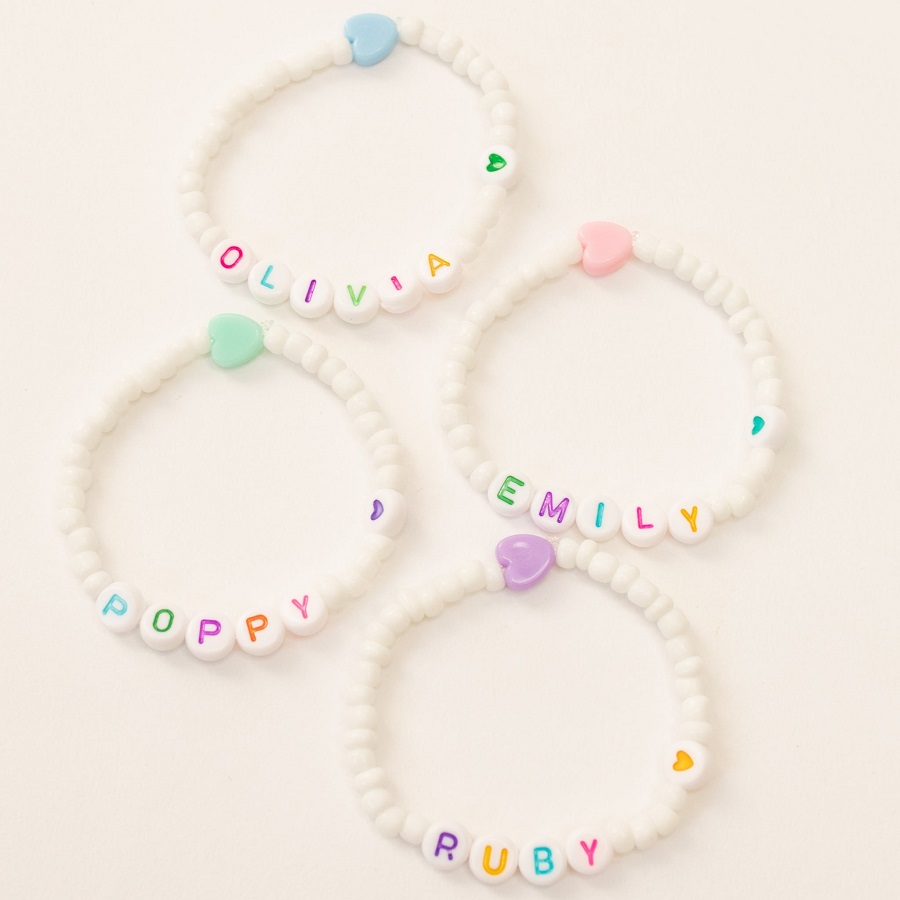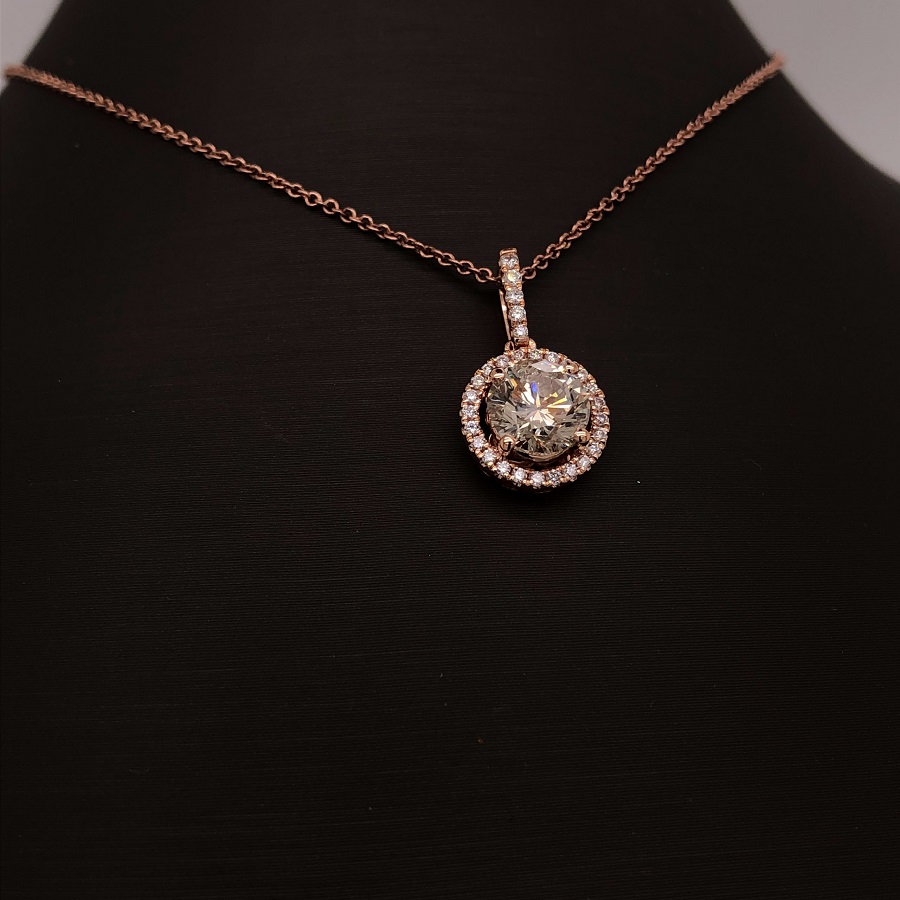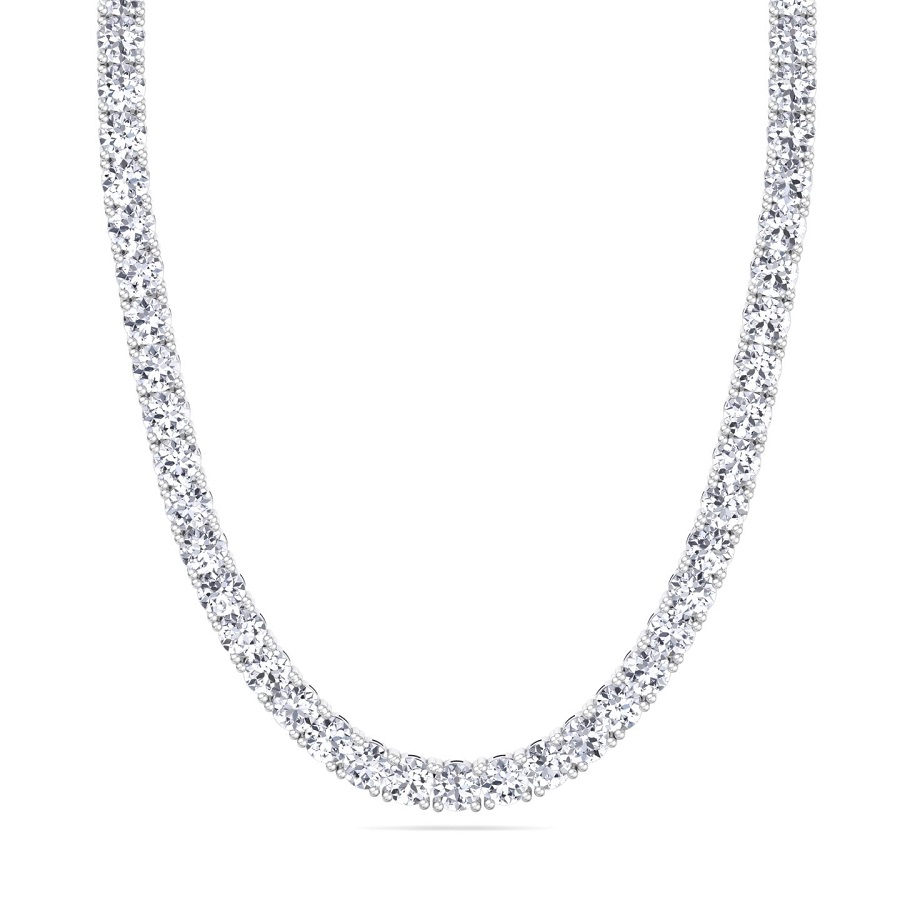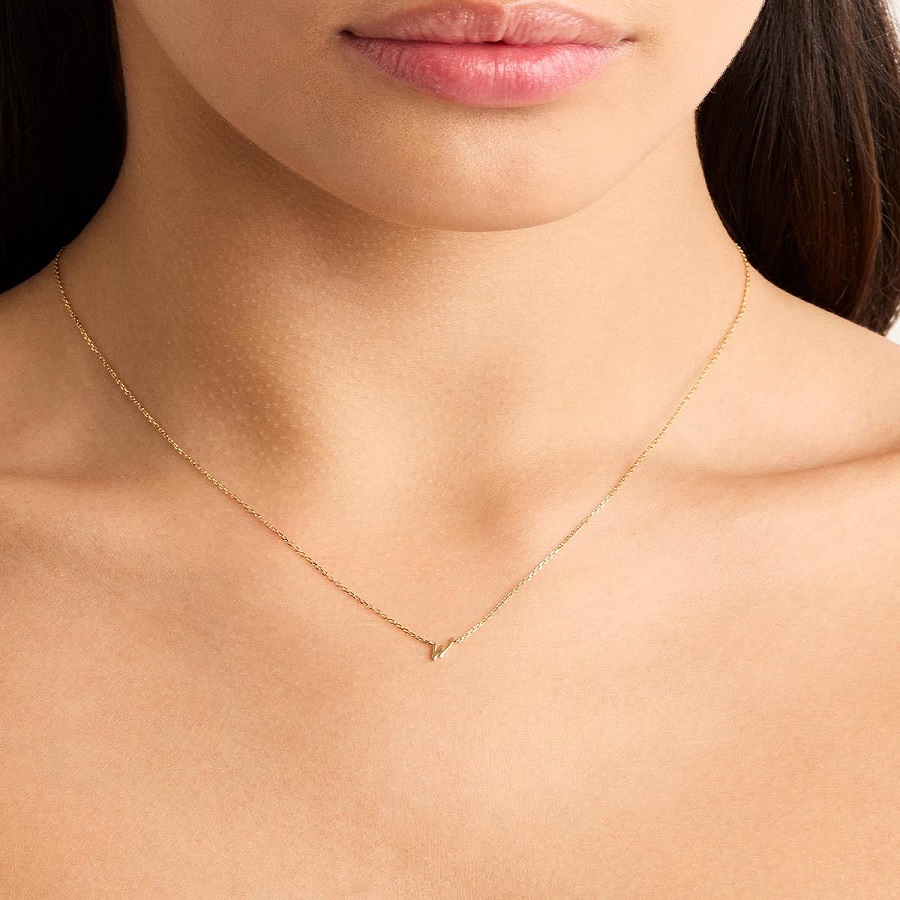Introduction
In a world increasingly driven by technology and relentless speed, nostalgia has a unique power to transport us back to simpler times. One of the emblematic treasures of childhood often conjured up in these moments is the edible candy bracelet. For many, these colorful confections molded into a decorative form served not just as a delightful treat but as a tangible piece of their youth, filled with memories of laughter, friendship, and the carefree joys of summer days.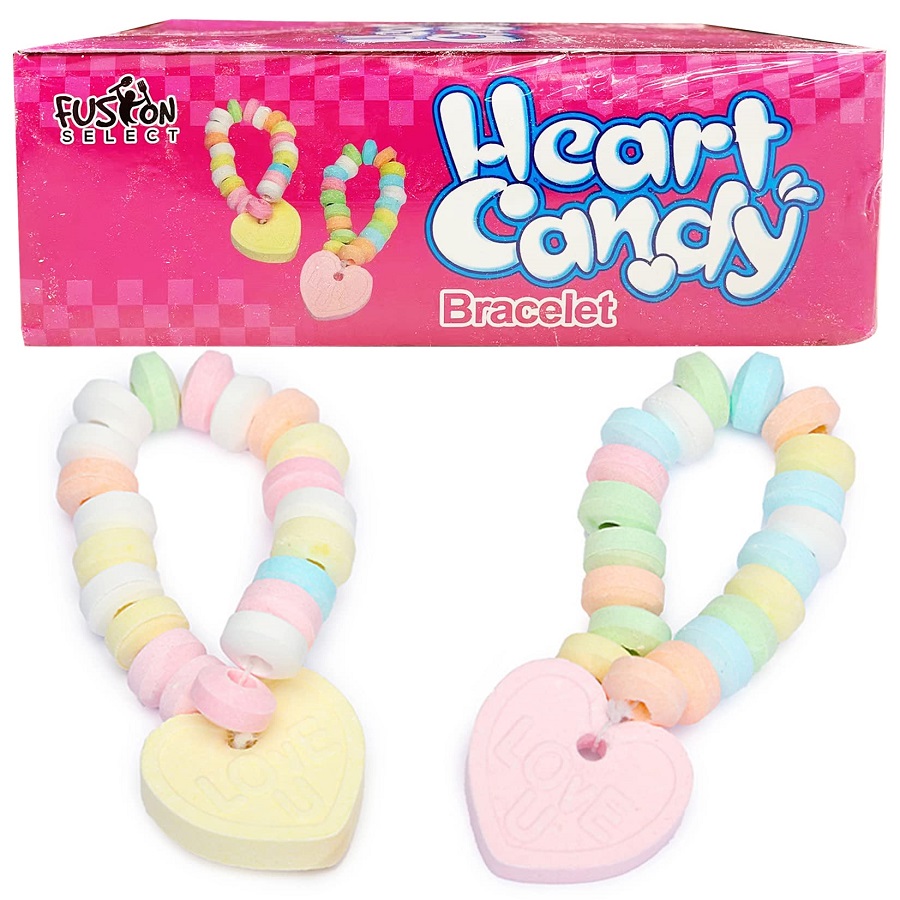
The Allure of Candy Bracelets
Candy bracelets began their journey in the mid-20th century, becoming a staple in candy shops and party favors alike. Characterized by their vibrant colors and sugary taste, they are typically crafted from fruity, chewy candies strung on elastic bands, allowing them to be worn as accessories. The simple craftsmanship is part of what makes them special—each piece is an edible ornament that invites creativity and personalization.
As a child, receiving a candy bracelet felt like not just acquiring a snack but possessing a piece of identity. Youngsters would often flaunt their candy adornments in a manner akin to adult jewelry, treating them as fashion statements and markers of social status among friends. The ability to share, trade, and even nibble on these bracelets created a bond among peers, giving rise to a culture of candy exchange and playful rivalry. Who had the brightest or most daring combination of colors? Who could nibble theirs without breaking the elastic band? Small moments like these fostered a sense of belonging and camaraderie.
The Crafting of Childhood Memories
Think back to a sun-drenched afternoon spent riding bikes, where the laughter of friends echoed through the air. Moments like those were often marked by sweet treats, and candy bracelets were a quintessential part of the scenery. They symbolized carefree joy, an embodiment of the playful innocence of childhood. Whether at birthday parties, sleepovers, or simply on days filled with outdoor adventures, these edible accessories were often present, creating shared experiences that would linger in the recesses of one’s mind long after childhood faded away.
For many, there is an almost ritualistic quality to the way we wore and consumed candy bracelets. The colorful strands wrapped around our wrists seemed to shift with every move we made—jingle-jangling with delight as we lunged for the swing set or reached for a friend’s hand during a game. The experience of carefully biting a piece off, careful not to snap the string or get it tangled in our hair, added a whimsical element to the ritual. Each nibble prompted feelings of joyous anticipation as the sugary rush would momentarily overpower us, leaving sticky residue and fond memories.
Reinventing Tradition: Today’s Candy Bracelets
As the years have gone by, candy bracelets have found themselves evolving within modern culture. From artisanal candy makers creating gourmet versions filled with unexpected flavors to big-name brands maintaining a classic recipe, they continue to charm new generations. Trends such as “Instagrammable” candy pop-ups have brought these sugary accessories back into the mainstream, now doubling as a delightful prop for social media snapshots.
Moreover, candy bracelets have transcended their childhood connotations with innovative reinterpretations in the realm of adult confectioneries. Companies have begun crafting cocktail-inspired versions of the candy bracelet, infusing flavors of beloved beverages into a nostalgic favorite. Suddenly, it’s not just children reliving their youth but adults enjoying the whimsy and nostalgia that such candies evoked, albeit with a sophisticated twist.
In recent years, however, there’s also been an important movement towards mindfulness and sustainability in candy creation. Today’s candy makers emphasize sourcing natural ingredients, reducing waste, and creating edible packaging. The focus has shifted to enhancing not just the taste but also the environmental impact, aligning with the values of a more socially conscious generation. This ensures that the memories created with candy bracelets are not only sugary but also imbued with an awareness of our planet.
The Legacy of Candy Bracelets
As we traverse through life, the nostalgia tied to candy bracelets serves as a reminder of the importance of holding onto our youth, no matter how far we venture into adulthood. They symbolize more than just a quirky snack; they embody the essence of connection—the friendships made, the laughter shared, and the sweetness of life itself.
So next time you encounter a candy bracelet, whether it’s in your child’s hand or in a nostalgic store display, take a moment to revel in the memories it conjures. Think of the thrills of youth and the joy of simple pleasures, sharing it with others, and savoring that delicate balance of flavor and joy. As life’s pace accelerates, let’s remember to relish those sweet memories, one colorful bead at a time. After all, whether you’re munching on one or simply gazing at it, candy bracelets continue to evoke a timeless sense of nostalgia, reminding us that sometimes, the sweetest moments can be found in the simplest of treats.

The Origins of Candy Bracelets
Candy bracelets first emerged in the 1950s as part of the broader trend of novelty candy. During this post-war era, there was a surge in the production of mass-produced, fun. And playful snacks aimed predominantly at children. Manufacturers aimed to captivate young consumers by combining candy with interactive designs. The idea of edible jewelry appealed to the growing youth culture that embraced freedom of expression and individuality.
These delightful accessories are traditionally composed of brightly colored, sugar-coated candy beads strung on elastic or stretchy cord. Children delighted in wearing them, often trading them with friends or nibbling on them piece by piece throughout the day. This whimsical aspect contributed greatly to their popularity. And the bright colors and playful designs made them a staple of childhood birthday parties and casual outings.
Candy Bracelets in Pop Culture
By the 1980s and 1990s, candy bracelets had become an iconic element of pop culture. They frequently appeared in television shows, movies, and advertisements aimed at children. Iconic shows like “Barney & Friends” and “Tween shows” showcased characters wearing candy bracelets, embedding them further into the cultural zeitgeist. This exposure reinforced their value as both a treat and a playful ornament.
As the 90s approached, trends in youth fashion began to diversify. This diversification allowed candy bracelets to evolve from mere childhood treats into playful elements of self-expression among adolescents and young adults. During this time, candy was no longer just food; it became a medium through which identities were expressed. Children wore candy bracelets to school as a symbol of fun, creativity, and sociability, fueling a unique sense of belonging.
The Transition to Fashion Statement
Fast forward to the 2000s, and a notable transformation occurred – candy bracelets began being embraced by a broader audience. Young adults and teens, nostalgic for their childhoods, began wearing these bracelets as remembrances of simpler times. Influencers and celebrities spotted sporting candy jewelry in music videos and fashion spreads helped catapult the trend into a more substantial fashion statement.
In a bid to appeal to a more fashion-forward demographic, designers started reimagining candy bracelets. They began experimenting with materials and aesthetics, using pastel colors, iridescent finishes. And more sophisticated designs that incorporated charms, crystals, and other embellishments. No longer strictly for children. Candy bracelets became a fashionable accessory for trendy adolescents seeking to make a bold statement about style and individuality.
The Modern Renaissance of Candy Bracelets
Today, candy bracelets are undergoing yet another metamorphosis. Fueled by social media platforms like Instagram and TikTok, where curated aesthetics and unique styles dominate, candy jewelry has found its way back to the limelight. Dainty candy bracelets now come in a myriad of designs, colors, and styles, often coupled with personalized charms that represent the wearer’s individuality.
The do-it-yourself (DIY) trend has also played a pivotal role in the renaissance of candy bracelets. Many enthusiasts create their unique candy jewelry using kits available in stores or online, allowing them to customize designs that reflect personal tastes. This customization fosters a sense of connection and creativity that resonates with a generation increasingly focused on personal expression.
Moreover, sustainability and health consciousness have entered the conversation. Many contemporary brands are now producing candy bracelets made from organic ingredients. Devoid of synthetic dyes, and using biodegradable materials for packaging. This shift is indicative of a more extensive movement towards eco-friendly products. That cater to a modern consumer’s desire for both style and responsibility.

Conclusion
The journey of candy bracelets from childhood delight to a recognized fashion statement is emblematic of evolving social norms and cultural practices. What began as a simple sugary treat has transformed into an expression of personal style and nostalgia. Connecting multiple generations through shared experiences and fond memories. As candy bracelets continue to evolve and adapt to contemporary tastes. They remain a delightful accessory that celebrates both individuality. And the sweetness of childhood – truly a timeless piece of wearable art.
